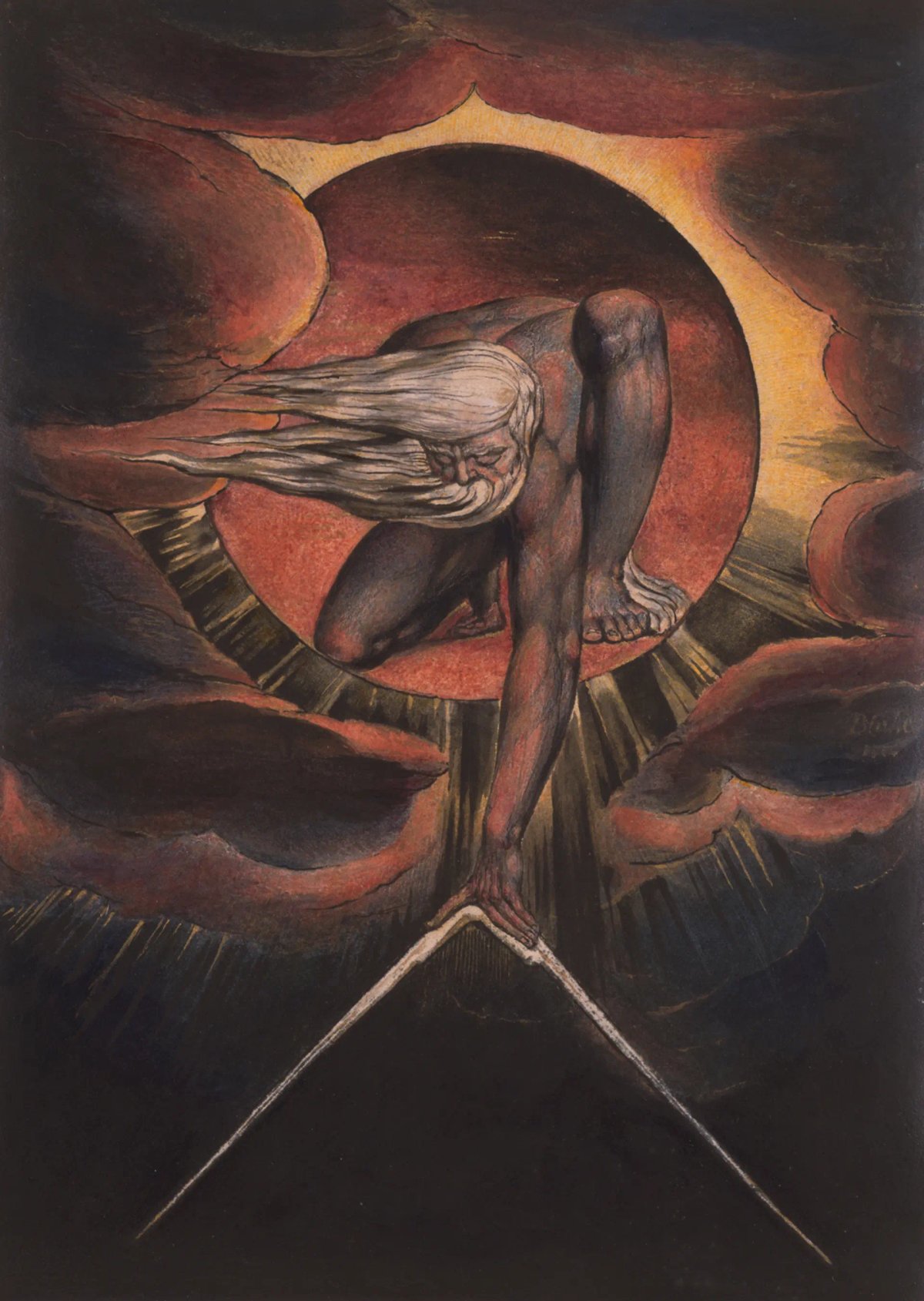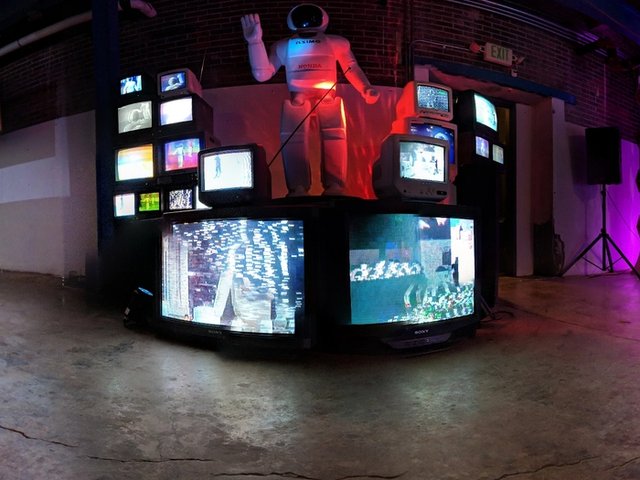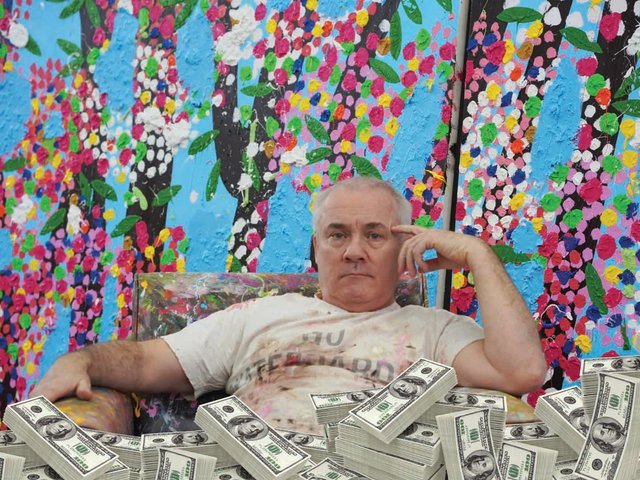Last week, the website for the leading NFT marketplace Hic et Nunc suddenly disappeared; its Twitter account simply said the platform had been “discontinued”.
According to the artist Joanie Lemercier, who was one of the first to migrate to Hic et Nunc (built on the energy-efficient Tezos blockchain) from environmentally damaging Ethereum marketplaces, Hic et Nunc’s founder Rafael Lima “got overwhelmed and decided, overnight, to close the site”. Or, as fellow AI artist Mario Klingemann put it on Twitter: “In an irresponsible act of rage [Lima] decided to leave and turn the off-switch on everything he has access to.”
Having only launched in March this year, Hic et Nunc’s daily users surpassed that of NFT giant OpenSea in May, at the height of the NFT boom. According to an article by the generative artist and creative coder Matt DesLauriers, the platform supported “thousands of artists across the globe, and notably becoming an important platform for those in the global south”.
So what exactly has happened to those artists’ content, which some say surpasses 500,000 NFTs? Apparently, they are largely safe, with users seamlessly transitioning to alternative platforms and marketplaces such as hicetnunc.art and objkt.com. “The community reacted and several alternatives popped up, so the site still lives, the NFTs are safe,” Lemercier says. “It’s a perfect demonstration that Hic et Nunc can not disappear, the blockchain is strong and safe, no one can shut it down and sales seem unaffected.”
For example, the Whitworth gallery’s NFT of a famous William Blake image is now available for sale on objkt.com. According to a tracker developed specifically for the project, the Whitworth cancelled its 44 NFTs on Hic et Nunc on 12 November, two minutes later listing them on objkt.com.
Bernadine Bröcker-Wieder, the chief executive of Vastari Labs which is collaborating with the Whitworth on the Blake NFT, says the transition is a “perfect example in real-time why Web3 exists”. Web3, or Web 3.0, is a new, decentralised model for the internet, where users remain in control of their content.
“It’s why this whole movement started,” Bröcker-Wieder says. “The Bitcoin whitepaper was written in 2008, when so many people lost their money because banks went bust. This technology, at its core, is trying to make sure that people hold their own assets, and that it’s not possible for the middleman to make out with their money, or assets, or things.”
As both Bröcker-Wieder and Lemercier both point out, other marketplaces such as Niftygateway and Makersplace have built in ways to maintain control of their assets, despite being on the blockchain. “If the same thing happened to Niftygateway, all NFTs and contracts would be lost, with tens of millions worth of NFTs gone forever,” Lemercier says.
Conversely, it seems that decentralisation is working, and artists are unsurprisingly keen to uphold its revolutionary potential. As Klingemann says: “I think it is important in this situation not to panic or spread hearsay but rather see this as a chance to turn this crisis into an opportunity to complete our vision of a truly decentralised NFT ecosystem.”




